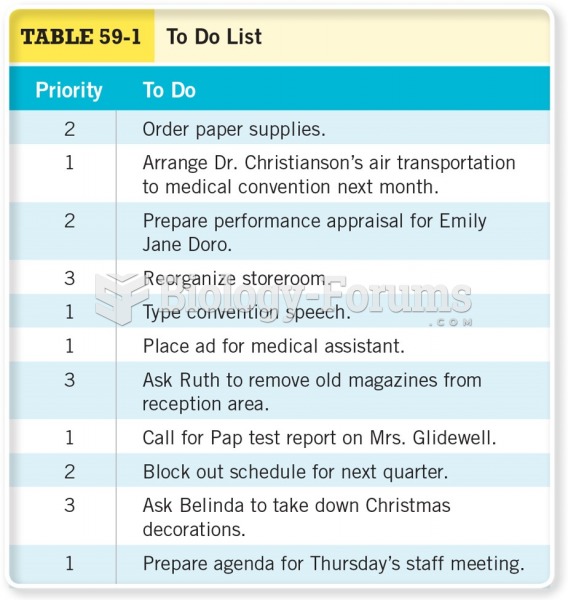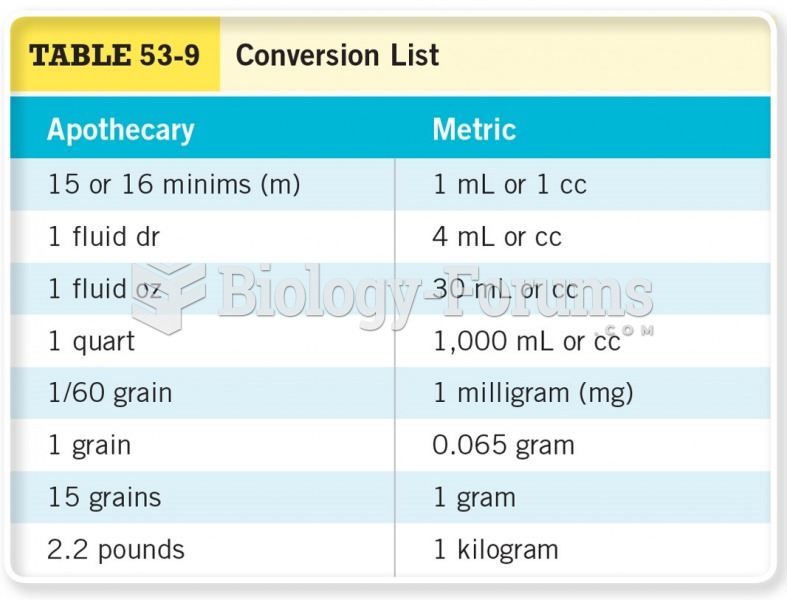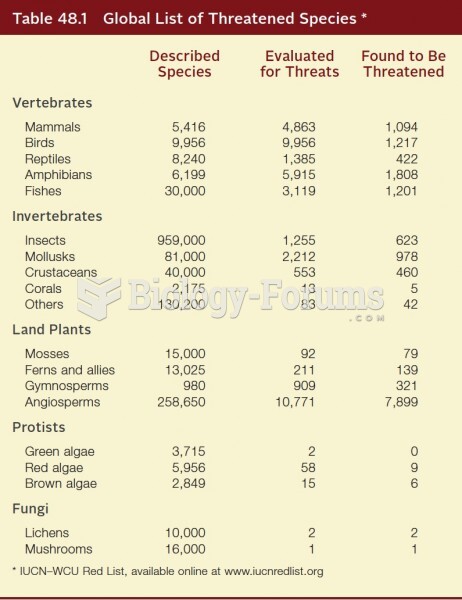Answer to Question 1
Analytical Reports: Most analytical reports answer questions about specific problems. Analytical reports differ significantly from informational reports. Although both seek to collect and present data clearly, analytical reports also analyze the data and typically try to persuade the reader to accept the conclusions and act on the recommendations. Analytical reports can be written directly or indirectly, depending on the situation. Frontloading the recommendations also works when the topic is routine or familiar and the reader is supportive. When you must lead the reader through the process of discovering the solution or recommendation, use the indirect method: present conclusions and recommendations last.
Justification/Recommendation Reports: Both managers and employees must occasionally write reports that justify or recommend something, such as buying equipment, changing a procedure, hiring an employee, consolidating departments, or investing funds. These reports may also be called internal proposals because their persuasive nature is similar to that of external proposals.
Example: Kate wrote a report to her supervisor recommending that ergonomically designed chairs be purchased for all administrative employees.
Feasibility Reports: Feasibility reports examine the practicality and advisability of following a course of action. They answer this question: Will this plan or proposal work? Feasibility reports typically are internal reports written to advise on matters such as consolidating departments, offering a wellness program to employees, or hiring an outside firm to handle a company's accounting or computing operations. The focus in these reports is on the decision: stopping or proceeding with the proposal. Because your role is not to persuade the reader to accept the decision, you'll want to present the decision immediately.
Example: A consultant has offered a plan for improving employee morale. Trent will now write a report to the management staff describing why he thinks this plan will work.
Yardstick Reports: Yardstick reports examine problems with two or more solutions. To evaluate the best solution, the writer establishes criteria by which to compare the alternatives. The criteria then act as a yardstick against which all alternatives are measured.
Example: Laurie's company must hire a new law firm. She is conducting research to look at possible law firms and is measuring each by using the following criteria: experience in her company's field, services offered, other clients, and fees. She will present her findings in a yardstick report.
Answer to Question 2
Informational Reports: Informational reports often describe periodic, recurring activities (such as monthly sales or weekly customer calls), as well as situational, nonrecurring events (such as trips, conferences, and progress on special projects). Short informational reports may also include summaries of longer publications. What all these reports have in common is delivering information to readers who do not have to be persuaded. Informational report readers usually are neutral or receptive. Because these reports generally deliver nonsensitive data and, thus, will not upset the reader, they are organized directly. Often they need little background material or introductory comments because readers are familiar with the topics.
Summaries: A summary compresses the main points from a book, report, article, website, meeting, or convention. A summary saves time by reducing a report or article by 85 to 95 percent.
Example: Jacob's professor has asked him to write a summary of a chapter in his financial management book.
Periodic/Activity Reports: These recurring reports are written at regular intervalsweekly, monthly, yearlyto allow management to monitor and, if necessary, to remedy business strategies. They usually summarize regular activities and events performed during the reporting period, describe irregular events deserving the attention of management, or highlight special needs and problems.
Example: Each month Natalia, a human resources specialist for a large university, submits to her supervisor a report describing the number of applications received, number of interviews conducted, number of references checked, and number of offers made and accepted.
Trip, Convention, and Conference Reports: Employees sent on business trips or to conventions and conferences typically must submit reports when they return. Organizations want to know that their money was well spent in funding the travel. These reports inform management about new procedures, equipment, and laws and supply information affecting products, operations, and services.
Example: Nick attended a trade show to get an idea of what his company's competitors are doing. He outlined his findings and observations in a report to his supervisor.
Progress and Interim Reports: Continuing projects often require progress or interim reports to describe their status. These reports may be external (advising customers regarding the headway of their projects) or internal (informing management of the status of activities). These reports generally specify the purpose and nature of the project, provide background information, describe the work completed, explain the work currently in progress, anticipate problems and possible remedies, and discuss future activities.
Example: Lindsay is chairing a task force studying ways to increase traffic on her company's website. At the end of each week, she submits a progress report to her boss to show the task force's progress.
Investigative Reports: Investigative or informational reports deliver data for a specific situationwithout offering interpretations or recommendations. These nonrecurring reports are generally arranged in a direct pattern with three segments: introduction, body, and summary.
Example: Charlie studied traffic patterns in front of his coffee shop for a one-week period. He will report his findings to the shop owner in an investigative report.







